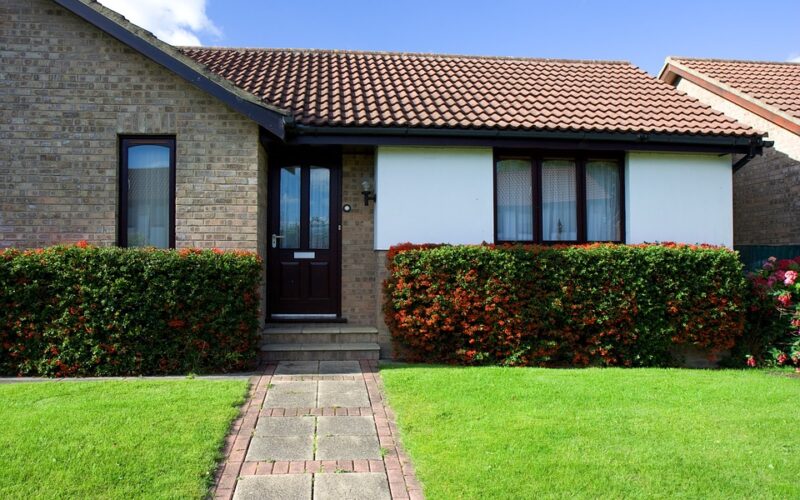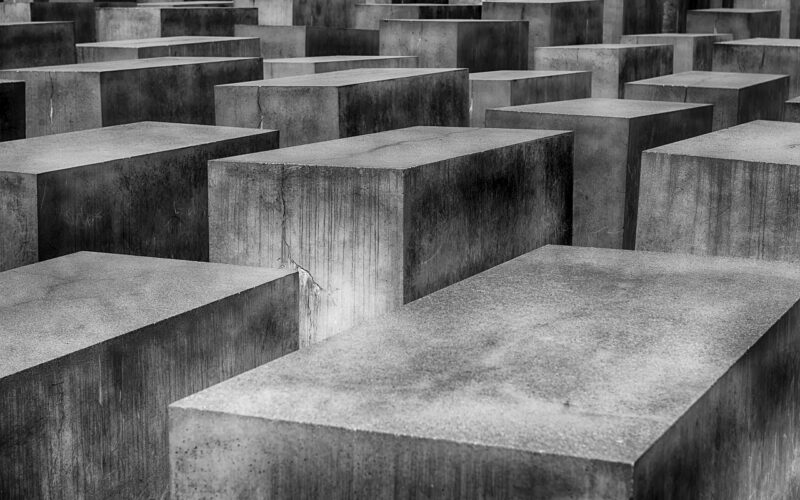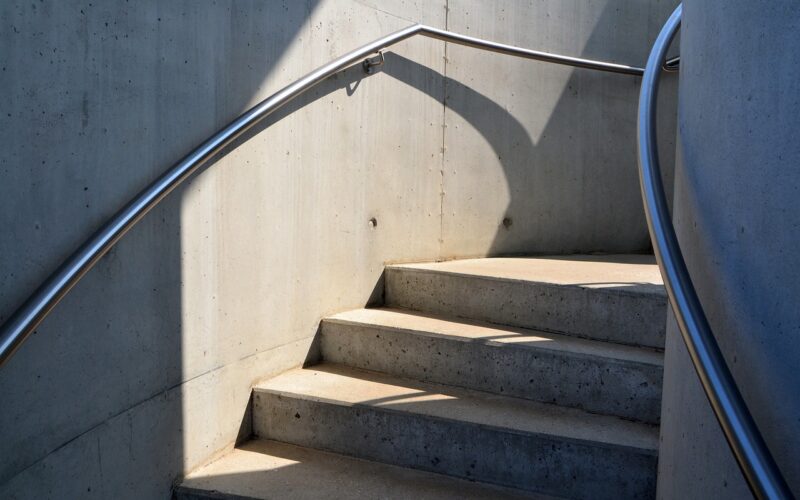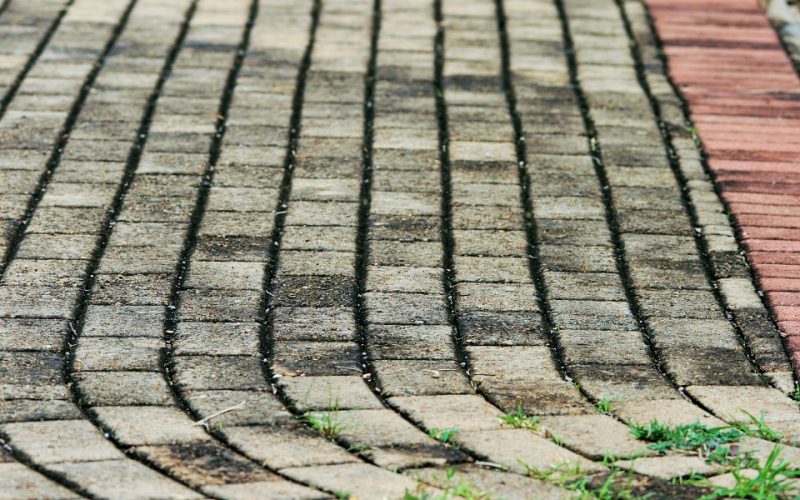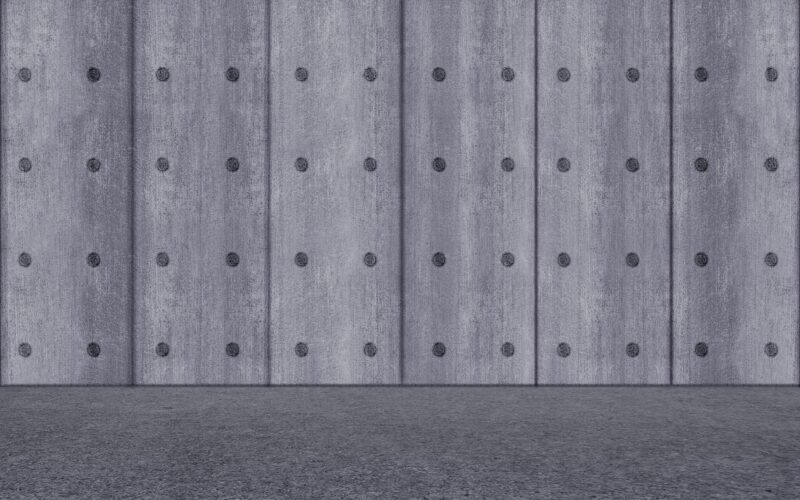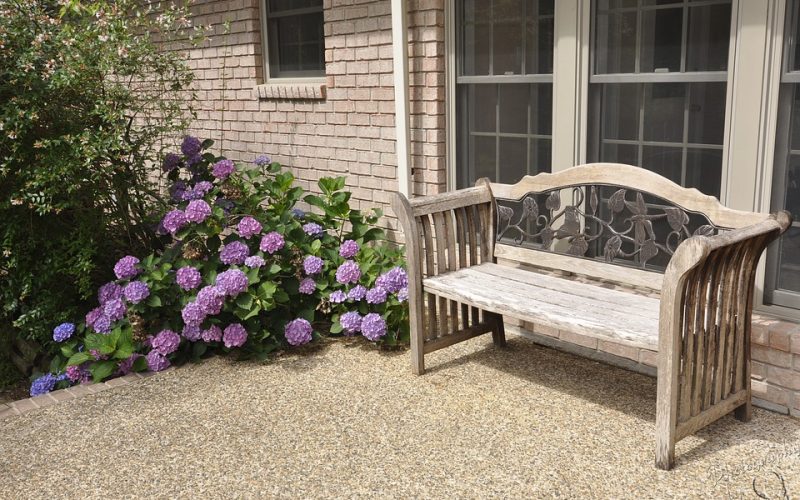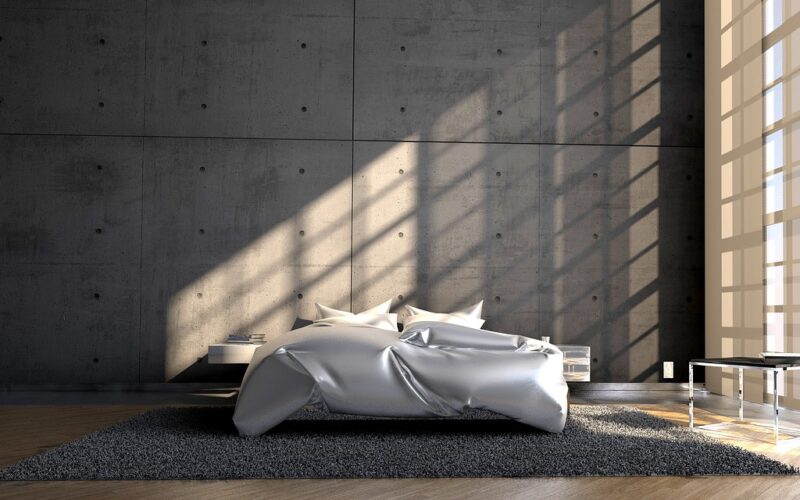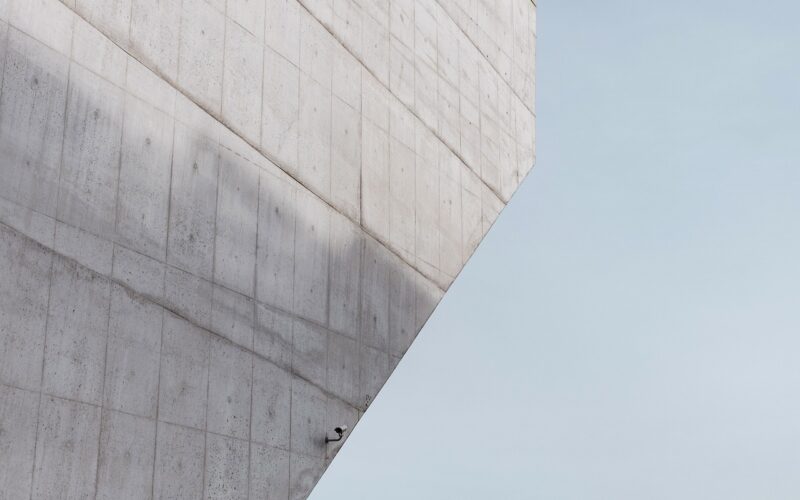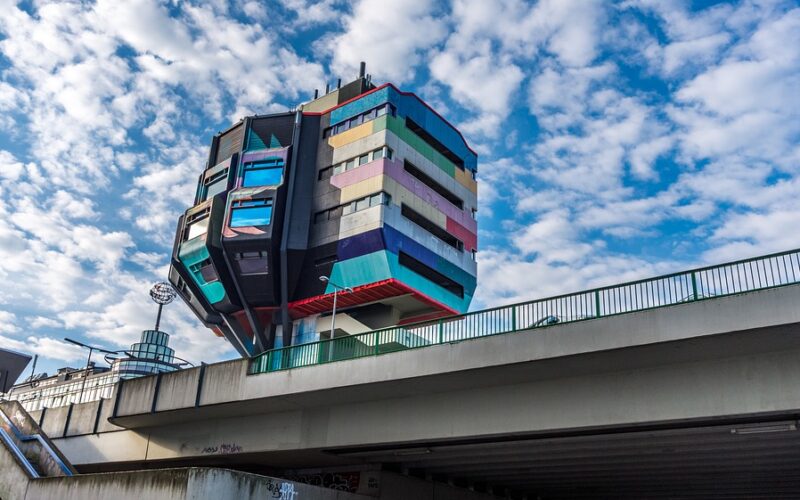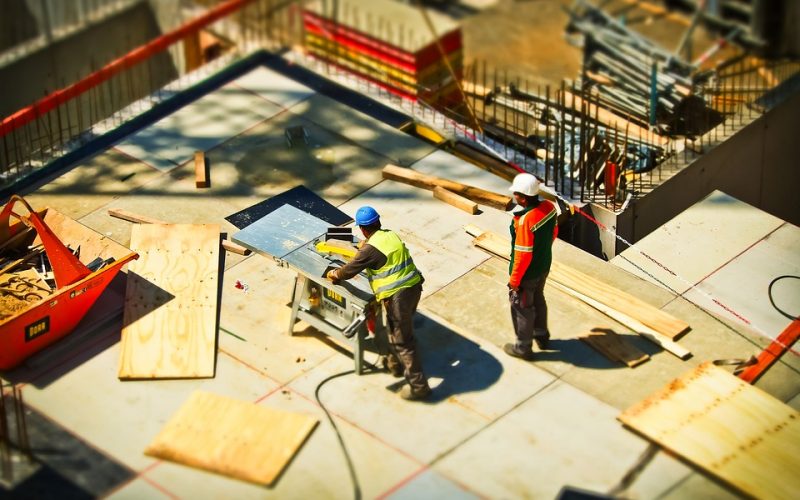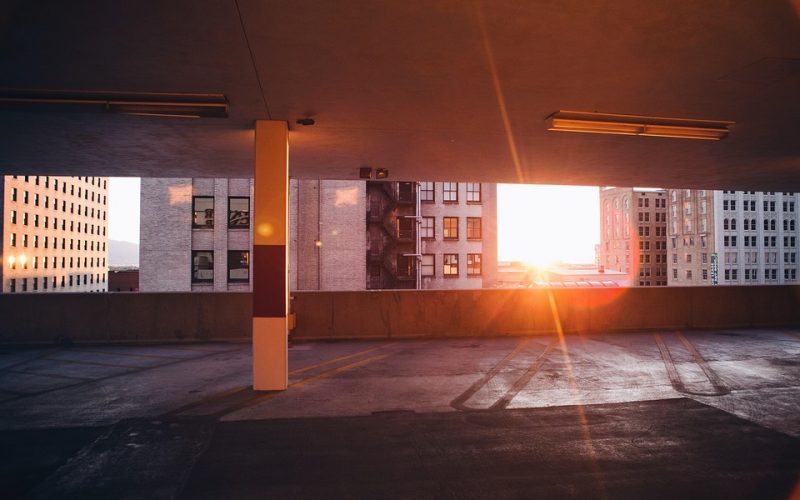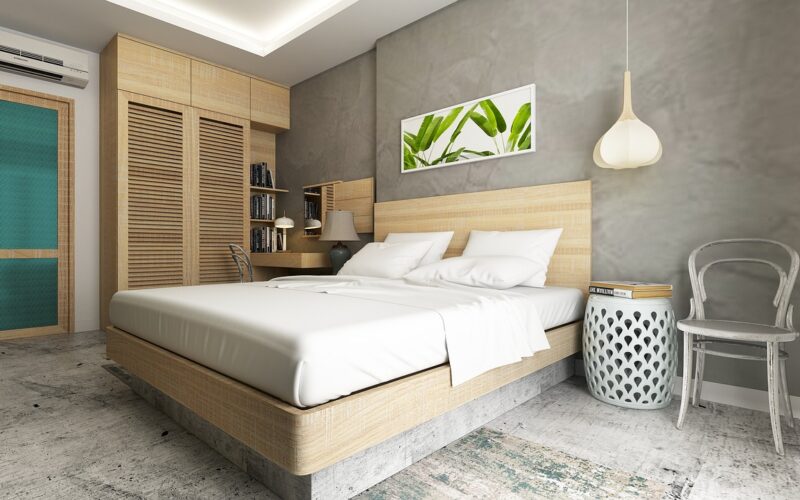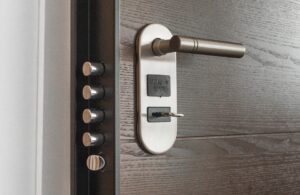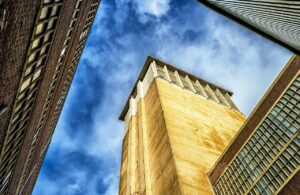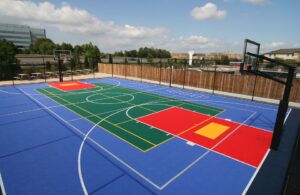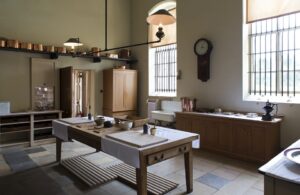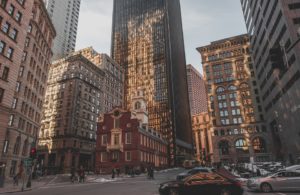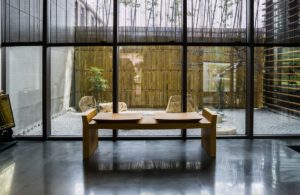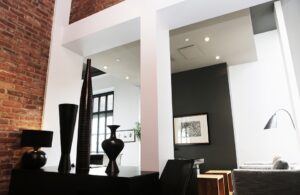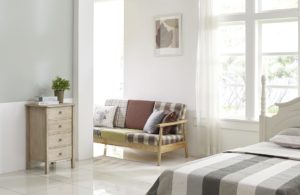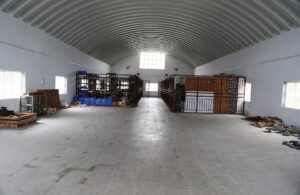Containing Gardens and Lawns
Concrete has become an important part of the building trade, and it is used for homes and commercial buildings. It can be part of the foundation that keeps a building from sinking into the ground, or it can be used to pave the driveway and parking areas. Some of it could be moulded to create paths and walkways, and it can be used to create curbs for containing gardens and lawns. Each use of this versatile material has its own mixture and uses, and it only takes a little imagination to see the possibilities.
Many people see concrete as a light tan colour, but it can be mixed with pigments to create a range of earth tones that will be stable over the life of the product. For those undecided when it is poured, stains can be used after the concrete has dried. It will penetrate below the surface, but chipping over the years could go below the level of the stain. Dyes on concrete that has already set can be popular, but they will fade in the sunlight.
Shape is important when it comes to borders around lawns and gardens, and concrete is a material that can be easily manipulated. It can be moulded into blocks, or it can be stamped into a particular shape. Repeated shapes make lovely borders, and using dyes or colouring the concrete before it is poured can create a unique look to any garden area or add curb appeal to a home.
The versatility of concrete has long been ignored because it is generally chosen due to its longevity as a building material. New processes in colouring and shaping have made it a better choice for homeowners and businesses looking for something unique that will last a long time, so speaking with a concrete specialist before the work is done should be an added step when it is time to build.
